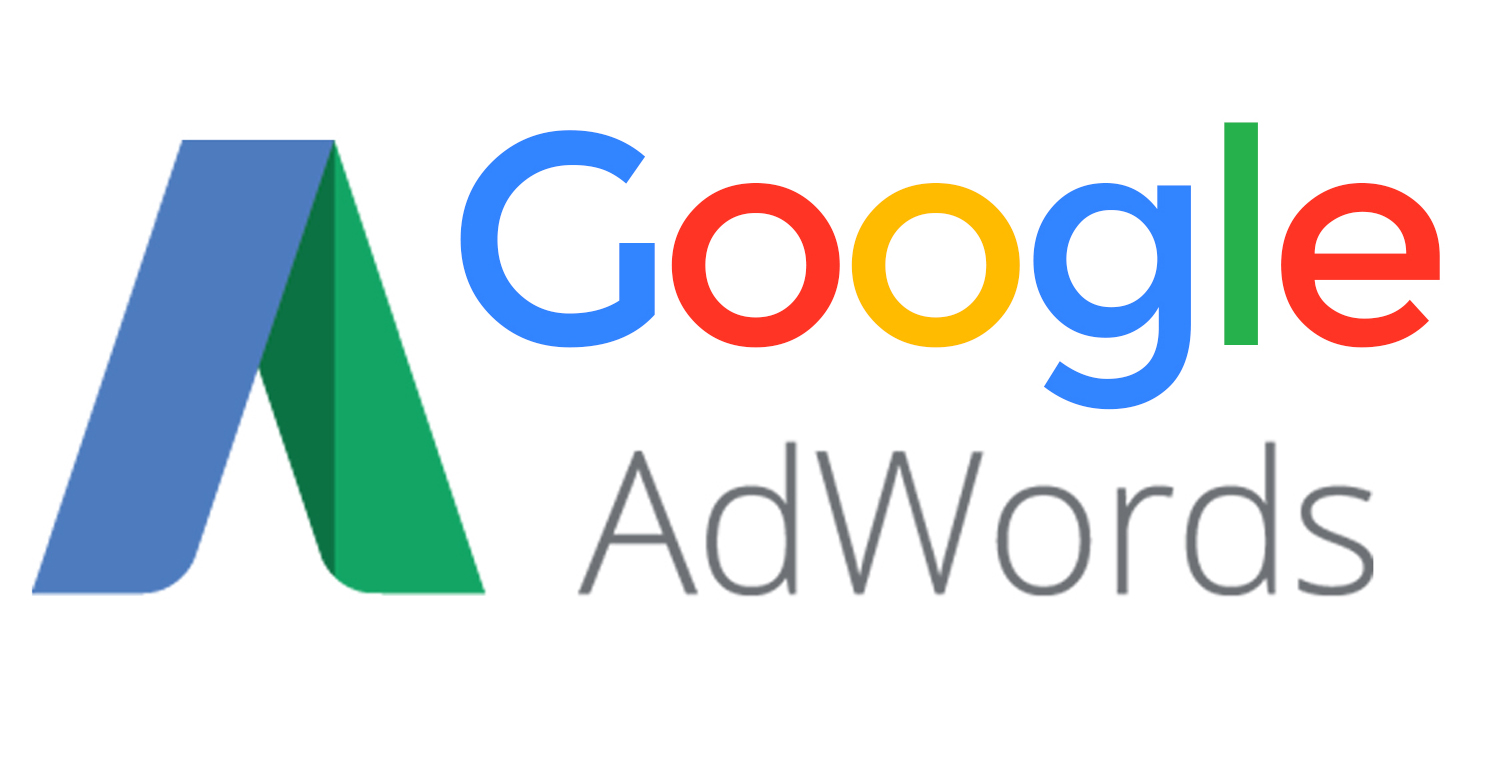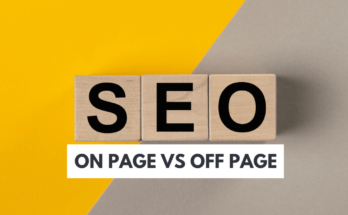In the digital world, staying at the top is what every business needs. When business owners choose digital marketing to promote their products & services, SEO & PPC are the most preferred marketing techniques. SEO (Search Engine Optimization) is a lengthy process to uplift your business’s organic rankings and reach the top of SERP. On the contrary to this, Google Ads delivers you quick results. For companies looking forward to jump-starting their sales without a long waiting period, Google Ads is a boon. However, you aren’t the only one to use Google Ads to amplify your business reach and generate leads. Numerous competitors are already scrolling through Ads tactics and getting expected results.
Different businesses have different challenges when running a successful Google Ads campaign. But, collectively, there are many mistakes that PPC experts make when running an ROI-driven Google Ads.
1. Complex Keyword Matching: Once your campaign starts, you will see that not every keyword has the same CPC (Cost Per Click). So, you must also choose from different keyword types smartly. Do thorough research to find high potential keywords and build a keyword loop of Broad Match, Phrase Match, and Exact match keywords.
Use the Keyword Planner tool to acknowledge how your keywords may perform and how much about is planned for expenses. You can also search from other tools, including Ahrefs, SEMrush, etc., and get highly effective Google Ads.
Another great option to find new keyword opportunities is exporting your keywords from the Ad groups. This will help in better understanding your user-intend and find relevant keywords for them.
2. Underestimating Negative Keywords: Every component of Google Ads is provided with a motive. Yet, PPC strategists neglect using some of the crucial components and drain the overall investment. Negative Keywords is one of those essential yet underestimated assets of Google Ads that can be a game-changer in your next Google Ad Campaign. Every keyword is surrounded by countless related terms where some of them suit your business and others are entirely irrelevant.
You should never show your ads for irrelevant keywords that will only drain your amount. Adding Negative Keywords can help you get rid of this heck. You can add any number of negative keywords to restrict your Ads from showing for these keywords. So, always pay keen attention and run thorough research to find inappropriate keywords for your Ads. You are recommended to add a maximum of 5000 negative keywords (for Display & Video Ads).
3. Shallow Keyword Research: Digital marketing is all about research and implementation. With a strong and detailed research, you can find a plethora of keywords that can generate sure-shot benefits. However, many marketers save time and gather less-effective keywords for their Ads. Shallow keyword research is one of the prominent reasons why your Ads fail with high spending.
Remember, keyword research isn’t limited to Google Keyword Planner. Numerous other tools are available to deep dive into the pool of keywords and find the most relevant, result-oriented, and quality keywords for your Google Ads.
Skipping proper keyword research is a half failure, and most professionals do this to save time. Instead of saving time, they pay a hefty sum with zero results. Hence, it’s highly recommended to give adequate time to research for your business and enlist the potential keywords for new Ad campaigns.
4. Creating One Ad Copy Per Ad Group: How many of you have faced Zero results even when everything is approved and best-fit as per industry standards? Well, you might have skipped looking at your Ads. The entire Google Ads offer three levels of operation, i.e., Campaign Level, Ad Group Level, and Ad Level. One campaign can have multiple ad groups, and one ad-group can have multiple ad copies.
Here is the twist! PPC experts only create single Ad copies per Ad group that limits the possibilities for Google Ads to find the best-suited Ad copy for your users and generate leaves via dynamic Ad selection.
As a cheat, you should always add at least 3 Ads in one Ad group. This gives Google Ads multiple options to show the users, based on their requirements and query. Further, you can add multiple Headings and Description that allows Google Ads to Shuffle them dynamically and show the Ads with high ROI.
5. Not Leveraging Ad Extensions: Google Ads Extensions are more like additional CTA buttons that help you get more clicks. Extensions are entirely free to use; hence you can find which Ad extension makes your Ad strong and how you can add value to your Ads via extensions.
Below-listed is the available extensions while creating your Ads.
- Location extensions
- Affiliate location extensions
- Callout extensions
- Call extensions
- Sitelink extensions
- Callout extensions
- Structured snippet extensions
- Price extensions
- App extensions
- Lead form extensions
Using ad extensions is a must with every Google Ad. It lets you leverage the potential of a few other options to better serve/connect your customer/audience. Select the right Ad extension and make their best use to enhance the CTR of your Ads. Ad extensions further help you improve the quality score, which ultimately boosts your Ad rank and get more conversions.
6. Not Experimenting With Your Ads: Can you get assured results/outcomes by running a single Ad Campaign? What if another Ad group can provide you better results? Well, you really need to experiment with your Ads and find which works best. Google Ads has a hidden gem, i.e., Drafts & Experiments, which helps you run A/B testing and find them highly effective ad copies, landing pages, keywords, and more.
Split testing is a great way to find the best-performing assets for your Ads. Experimenting with your Ads is a smart way to segregate even-odd and start running a profitable Ad Campaign.
7. Forgetting Top Landing Page Experience: You are all set with appealing Ad copies but haven’t considered the user experience on your landing page. Landing pages play a vital role in calculating your quality score that ultimately affects the Ad Rank.
Landing page user experience should be considered a priority. It’s recommended to run your Ads after analyzing your landing page experience.
Here are some PRO tips to boost your landing page experience.
- Increase Page Loading Speeds: Focus on the backend part of your page and minimize its loading time.
- Optimize for Mobile: It’s essential to serve your page to mobile users (~80% of overall traffic). Hence make sure your landing page is responsive and mobile-friendly.
- Quality Content: Once a user lands on your page, (s)he must get relevant content to make a buying decision. Hence, add quality content that can compel the user to take action.
- Add Call-To-Actions (CTAs): Above all, don’t forget to add Call-To-Action to your landing page. It will help you drive conversion.
If you are a paid marketing strategist, you can better relate these mistakes with your day to day paid efforts. Not everyone commits these mistakes, but mostly, people make at least one of the afore-mentioned Ad mistakes. Ultimately, it affects your outcome and results in high expense and low results.
No matter what your business is, it’s crucial to omit these errors from your PPC strategy and earn desired results. Neglecting these mistakes may build confusion in finding the pain point of your Ad campaign, Ad group, and Ad copies. So, research wisely and always keeps these mistakes aside when running your Google Ads. Still, if you aren’t sure about running an error-free Google Ad, look for Google ads management Toronto services that can take care of your campaign and deliver you desired results.
Go spending on Ads and start making profit!
Guest Post Service By www.guestarticlehouse.com




